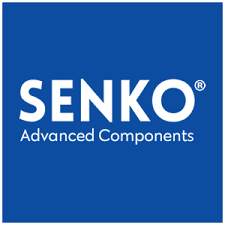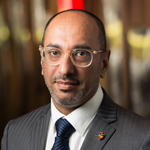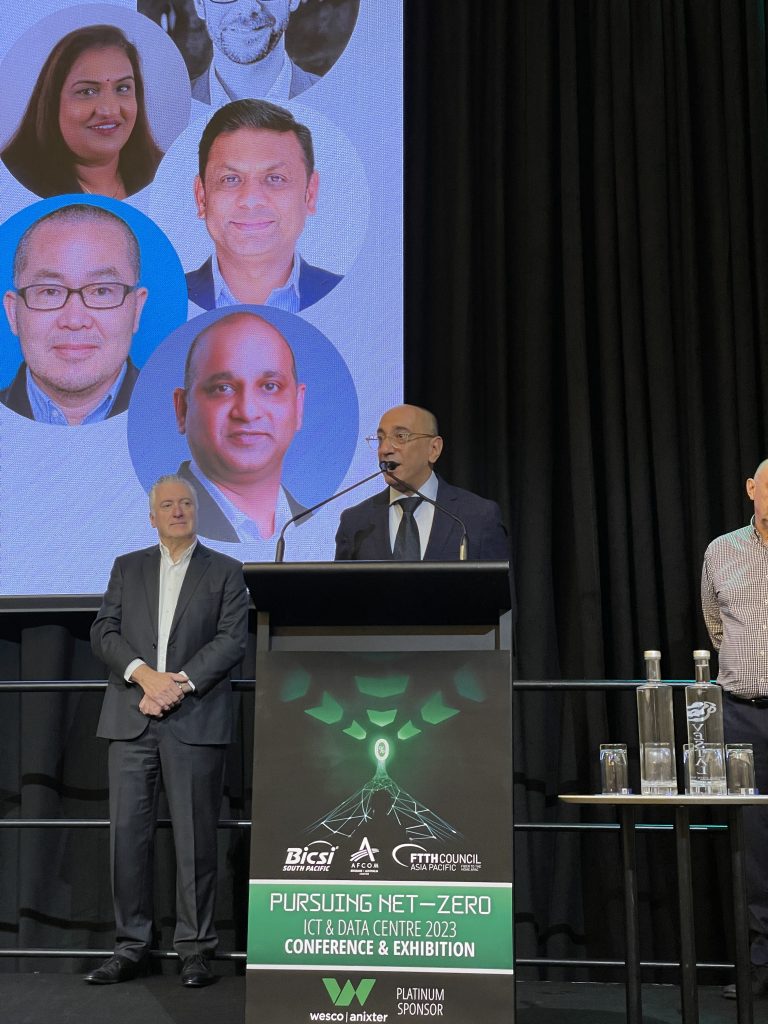
We sat down with Dr Fouad (Frank) Jaffer, Regional Board Director & Founding Board Director of Senko Advanced Components APAC, Founding Board Director of FCGA, founding member and Chairman of our Fiber Network Council APAC
Can you provide a brief overview of your organization’s involvement in the fiber industry and its contributions to advancing connectivity in the APAC region?

Senko’s involvement in the fiber industry extends beyond traditional fiber optic components and solutions. Senko Australia is known for their innovative approaches to connectivity.
One key aspect is our commitment to addressing the digital divide. We have developed with our clients solutions that cater to the needs of our customers who are working with remote and underserved communities, which is a significant step in enhancing connectivity across the APAC and beyond.
Senko’s close collaboration with government, academia and indigenous groups for testing and deployment sets us apart in terms of their community-focused approach. This collaborative model allows for the development of tailored solutions to address the unique challenges of various regions within the global demand. The opportunity exists for self managed infrastructure where communities can build and maintain themselves. Our aim is to help customers deliver complex and critical projects in the ever-evolving world of fiber optics.
From your perspective, where do you see the current state of the fiber industry in the APAC region? What trends or developments are shaping its growth and evolution?
The fiber industry in the APAC region is thriving & leading Globally driven by the increasing demand for high-speed internet and advanced communication services.
We are witnessing a growing trend in the deployment of fiber networks to meet these demands from micro data centres to largest centres preserving the traditional art and culturally driven knowledge run and operated my elders in the communities.
Furthermore, sustainability and environmental considerations are shaping the industry, with a focus on developing eco-friendly and energy-efficient solutions.
Looking into the future, what exciting opportunities or challenges do you foresee for the fiber industry in the APAC region over the next 5-10 years?
Over the next decade, the fiber industry in the APAC region is poised for continued growth, especially with the advent of 5G and the Internet of Things (IoT). The APAC region will continue to grow as the powerhouse for fiber manufacturing globally. These new technologies will create exciting opportunities for fiber optics in providing the necessary backbone for these advancements.
Passive technology = green and we lead the innovation and IP in such areas.
Challenges include ensuring that the infrastructure is sustainable and can keep up with the increasing demand for data, connectivity and security for National infrastructure. We need focus on those key aspects while developing technologies for the future. Protecting individuals, and taking a safe & collaborative approach with key global stake holders is key to deliver such outcomes.
In terms of infrastructure development and deployment, what unique insights does your organization bring to the table that contribute to the success of fiber networks in the diverse APAC landscape?
Senko Australian in this case brings a unique approach to infrastructure development by focusing on innovation and collaboration. Our close association with indigenous groups and partnerships with academia and the Australian government help us ensure that our solutions are tailored to the diverse APAC landscape, especially in rural areas which will create jobs and solutions to export worldwide. We prioritize inclusivity and accessibility in our infrastructure projects.

How does your organization approach collaboration and partnerships within the fiber ecosystem to drive innovation and ensure seamless connectivity experiences for consumers and businesses?
At our innovation hub in Australia, collaboration is at the heart of our approach. We actively engage with industry stakeholders, technology partners, and academia to co-create solutions that address the evolving needs of consumers and businesses globally by sitting on board positions standards associations .This collaborative approach ensures that our products and services are at the forefront of innovation focused on safe connectivity.
Given your experience, what advice would you offer to businesses and governments aiming to accelerate the adoption of fiber-optic technology in underserved or rural areas of the APAC region?
To accelerate adoption in underserved areas, businesses and governments should focus on partnerships, sustainable infrastructure development, and community engagement. By working closely with local communities, as we have done, and leveraging government support, the adoption of fiber-optic technology can be expedited by latest and greatest global technology to light up the communities with access to link and collaborate globally and creating digital economy for the end users.
As an industry leader, what role do you believe the Fiber Network Council APAC plays in fostering knowledge-sharing, networking, and collaboration among stakeholders in the fiber industry?
The Fiber Network Council APAC is instrumental in facilitating knowledge-sharing and networking within the fiber industry. We have been one of the founders & stakeholders with pure intention to share our knowledge and support regionally policy for over several decades already.
It provides a platform for industry leaders and policy writers to come together, exchange ideas, and work collaboratively to drive the industry forward. It plays a crucial role in unifying our efforts and fostering innovation and deliverables with sustainable and lead by global leaders.

Looking ahead to the next decade, where do you envision the fiber industry in the APAC region? How will emerging technologies and evolving market dynamics shape the landscape?
In the next decade, the fiber industry in the APAC region will continue to expand rapidly. Emerging technologies such as 5G, IoT, and smart cities will drive the demand for high-capacity fiber networks. Market dynamics will evolve to emphasize sustainability, energy efficiency, and accessibility, and Senko is committed to leading the way in addressing these challenges. Finally policies are adapting to the growing demand in land and sea fibre investments.
As true industry leaders in passive connectivity we see greater collaborations for better connected world, while growing local economies. Good faith and passion has allowed us to master collaborative models and great outcomes.
My personal view, and drive, is that all projects must focus on sustainability and transparency to foster positive outcomes for connectivity globally.

